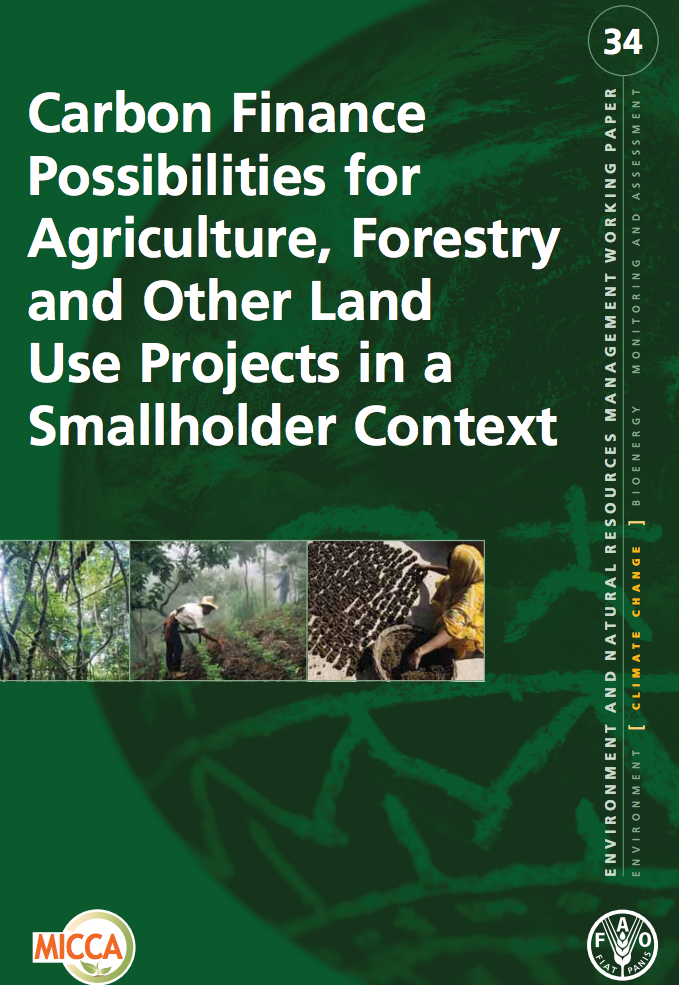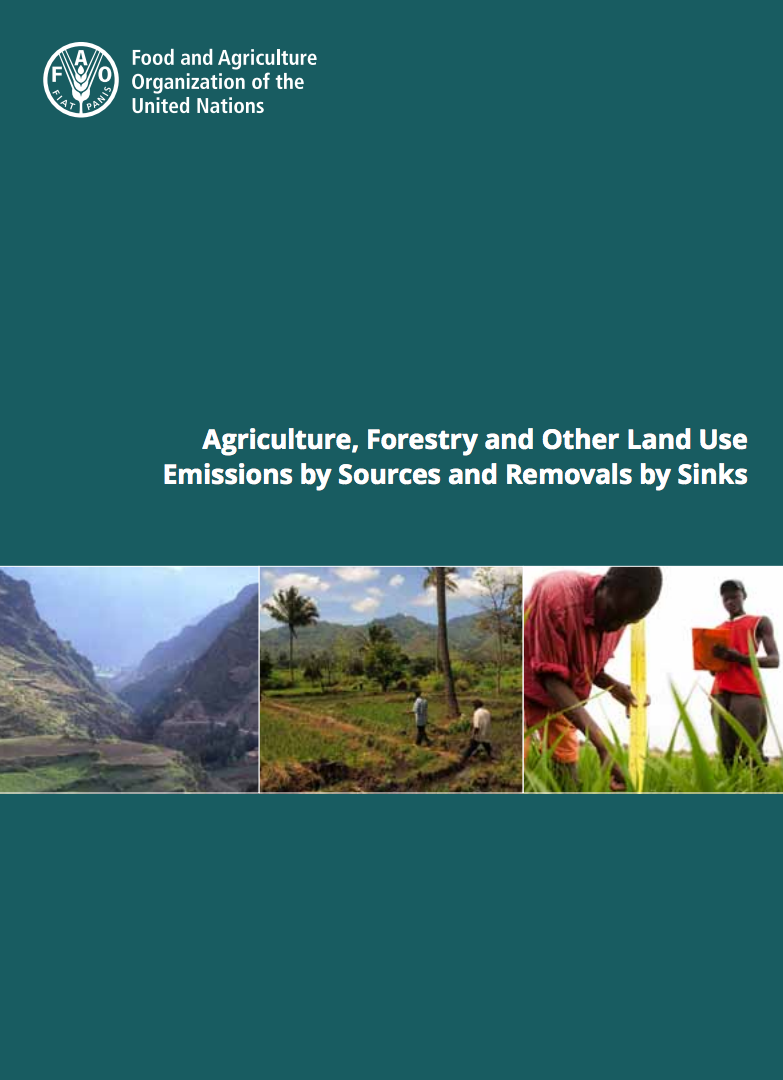Focal point
Location
The Food and Agriculture Organization of the United Nations leads international efforts to defeat hunger. Serving both developed and developing countries, FAO acts as a neutral forum where all nations meet as equals to negotiate agreements and debate policy. FAO is also a source of knowledge and information. We help developing countries and countries in transition modernize and improve agriculture, forestry and fisheries practices and ensure good nutrition for all. Since our founding in 1945, we have focused special attention on developing rural areas, home to 70 percent of the world's poor and hungry people.
Members:
Resources
Displaying 4886 - 4890 of 5074Global forest land-use change 1990-2005
This report presents the key findings on forest land use and land-use change between 1990 and 2005 from FAO’s 2010 Global Forest Resources Assessment Remote Sensing Survey.
It is the first report of its kind to present systematic estimates of global forest land use and change.
Questionnaire for Mapping Land Degradation and Sustainable Land Management (QM) Version 2
The WOCAT-LADA-DESIRE mapping tool is based on the original WOCAT mapping questionnaire (WOCAT, 2007). It has been expanded to pay more attention to issues such as biological and water degradation, it also places more emphasis on direct and socio-economic causes of these phenomena, including their impacts on ecosystem services. It evaluates what type of land degradation is actually happening where and why and what is being done about it in terms of sustainable land management (SLM) in the form of a questionnaire.
Carbon Finance Possibilities for Agriculture, Forestry and other Land Use Projects in a Smallholder Context
This booklet is intended to guide extension service advisors and institutions who work with small-scale farmers and foresters with an interest in Carbon inance and Carbon Projects. Its aim is to support setting-up carbon projects which involve small-scale farmers.
Their participation allows them to be involved in the development and implementation of
the project, influence the design of the project to generate positive impacts for the farmers
and increase their knowledge about carbon finance.
Voluntary Guidelines for Good Governance in Land and Natural Resource Tenure
Voluntary guidelines are human-rights based documents that provide a framework
and reference point for national and international policies. They need to be derived
from international agreements and credible examples of good practice if they are to
command wide support. This paper is based on 56 authoritative international
documents from which 14 principles about land and natural resources tenure have
been derived.
Agriculture, forestry and other land use emissions by sources and removals by sinks
This report discusses new knowledge on anthropogenic greenhouse gas (GHG) emissions from agriculture, forestry and other land use (AFOLU) activities made available through the new FAOSTAT Emission database. The database is available globally, with country detail, for all agriculture, forestry and land sub-categories available in FAOSTAT and in the Forest Resources Assessment (FRA).









